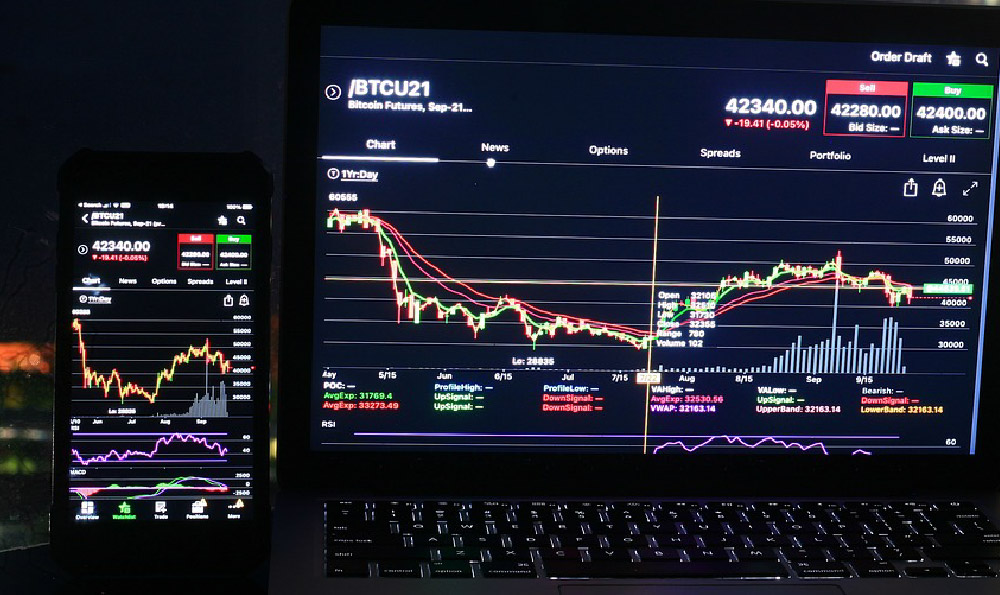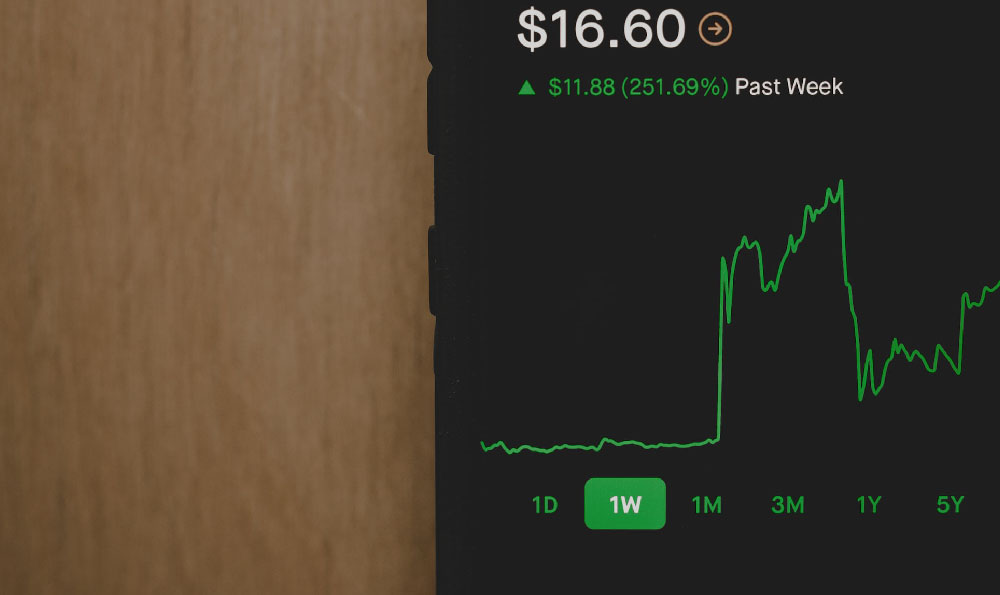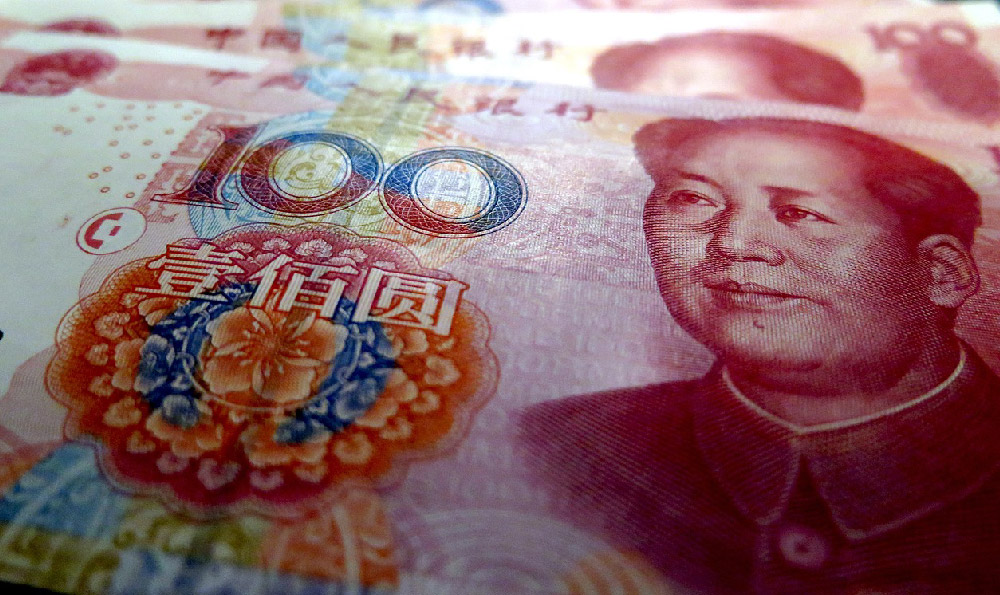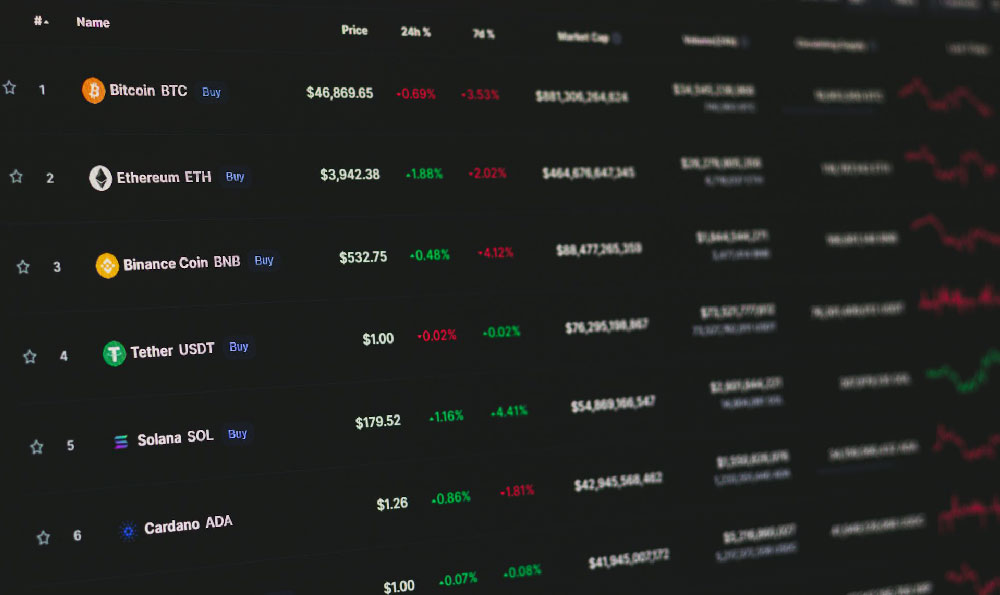How Much Do Pro Soccer Players Earn? What Factors Affect Their Salaries?

The financial landscape for professional soccer players is a fascinating, and often opaque, one. While the image of multi-millionaire athletes might dominate the headlines, the reality is a far more nuanced picture. The earnings of professional soccer players vary wildly, ranging from modest salaries that barely cover living expenses to astronomical sums that place them among the highest-paid individuals in the world. Understanding the factors that dictate this variance is crucial for anyone interested in the sport, whether as a fan, aspiring player, or potential investor in a soccer club.
One of the primary determinants of a soccer player's salary is the league in which they play. The top-tier leagues in Europe, such as the English Premier League (EPL), La Liga in Spain, Serie A in Italy, Bundesliga in Germany, and Ligue 1 in France, offer the highest salaries globally. These leagues generate massive revenues through broadcasting rights, sponsorships, and ticket sales, a significant portion of which is channeled into player wages. In contrast, leagues in other parts of the world, even those considered professional, often offer significantly lower salaries due to smaller revenue streams. For instance, a player in a Scandinavian league might earn a fraction of what a comparable player in the EPL would command. Even within Europe, there are considerable differences. Leagues in Eastern Europe, while professional, typically offer lower salaries compared to their Western European counterparts. Major League Soccer (MLS) in the United States presents an interesting case. While salaries have been steadily increasing, they still generally lag behind the top European leagues for all but a handful of designated players. The designated player rule allows MLS teams to sign players whose salaries would otherwise exceed the league's salary cap, enabling them to attract high-profile international stars. However, the vast majority of MLS players earn significantly less.
Beyond the league, a player's individual performance and reputation play a critical role in determining their salary. Goalscorers, playmakers, and exceptional defenders are highly valued and command premium wages. A player who consistently delivers outstanding performances, scores crucial goals, or makes game-changing tackles will naturally attract interest from wealthier clubs willing to pay a higher price. Statistics such as goals scored, assists provided, tackles made, and clean sheets kept are carefully analyzed by clubs when assessing a player's value. In addition to on-field performance, a player's reputation and marketability also influence their earning potential. Players with a strong personal brand, a large social media following, and a positive public image are often more attractive to sponsors and can negotiate more lucrative endorsement deals. These endorsements can significantly supplement their club salaries, sometimes even exceeding them. Think of players like Cristiano Ronaldo or Lionel Messi, whose global appeal transcends the sport itself. Their brand recognition and endorsement deals are substantial contributors to their overall income.

A player's position on the field also matters. Generally, attacking players, particularly strikers and attacking midfielders, earn more than defenders or goalkeepers. This is because their roles are directly linked to scoring goals, which is the primary objective of the game. The scarcity of top-quality goalscorers drives up their market value. While exceptional defenders and goalkeepers are highly valued, their earning potential is often lower than that of their attacking counterparts. Age and experience are also important factors. While young, promising players can command high transfer fees and salaries based on their potential, experienced players with a proven track record often earn more due to their reliability and leadership qualities. However, as players approach the end of their careers, their salaries typically decline as their physical abilities diminish. A delicate balance exists between youth and experience, with clubs often seeking to find players who are in their prime – typically between the ages of 25 and 30.
The negotiating power of a player and their agent also plays a significant role. A skilled agent can leverage a player's value, generate interest from multiple clubs, and negotiate favorable contract terms. The agent's ability to highlight a player's strengths, manage their public image, and understand the intricacies of the transfer market can significantly impact their earning potential. Players represented by powerful agents often have a distinct advantage when negotiating contracts. The length of a player's contract also affects their salary. Players with longer contracts typically have more job security, but they may miss out on opportunities to move to wealthier clubs or negotiate higher salaries in the short term. Conversely, players with shorter contracts have more flexibility but may face uncertainty about their future. Contract negotiations often involve complex considerations about salary, bonuses, release clauses, and other financial incentives.
Finally, broader economic factors and the financial health of a club can influence player salaries. Clubs with wealthy owners or strong financial backing are generally able to offer higher salaries than clubs with limited resources. Economic downturns or financial crises can also impact the ability of clubs to pay high wages. Financial Fair Play (FFP) regulations, implemented by governing bodies like UEFA, aim to prevent clubs from spending beyond their means and promote financial stability in European football. These regulations can limit the amount that clubs can spend on player salaries and transfers, impacting the overall market. Therefore, a multitude of factors, from league prestige and individual performance to marketability, negotiating skills, and economic forces, all contribute to the complex equation that determines how much a professional soccer player earns. The financial realities of the sport are diverse, reflecting the wide range of talent and the varying levels of commercial success across different leagues and clubs.















